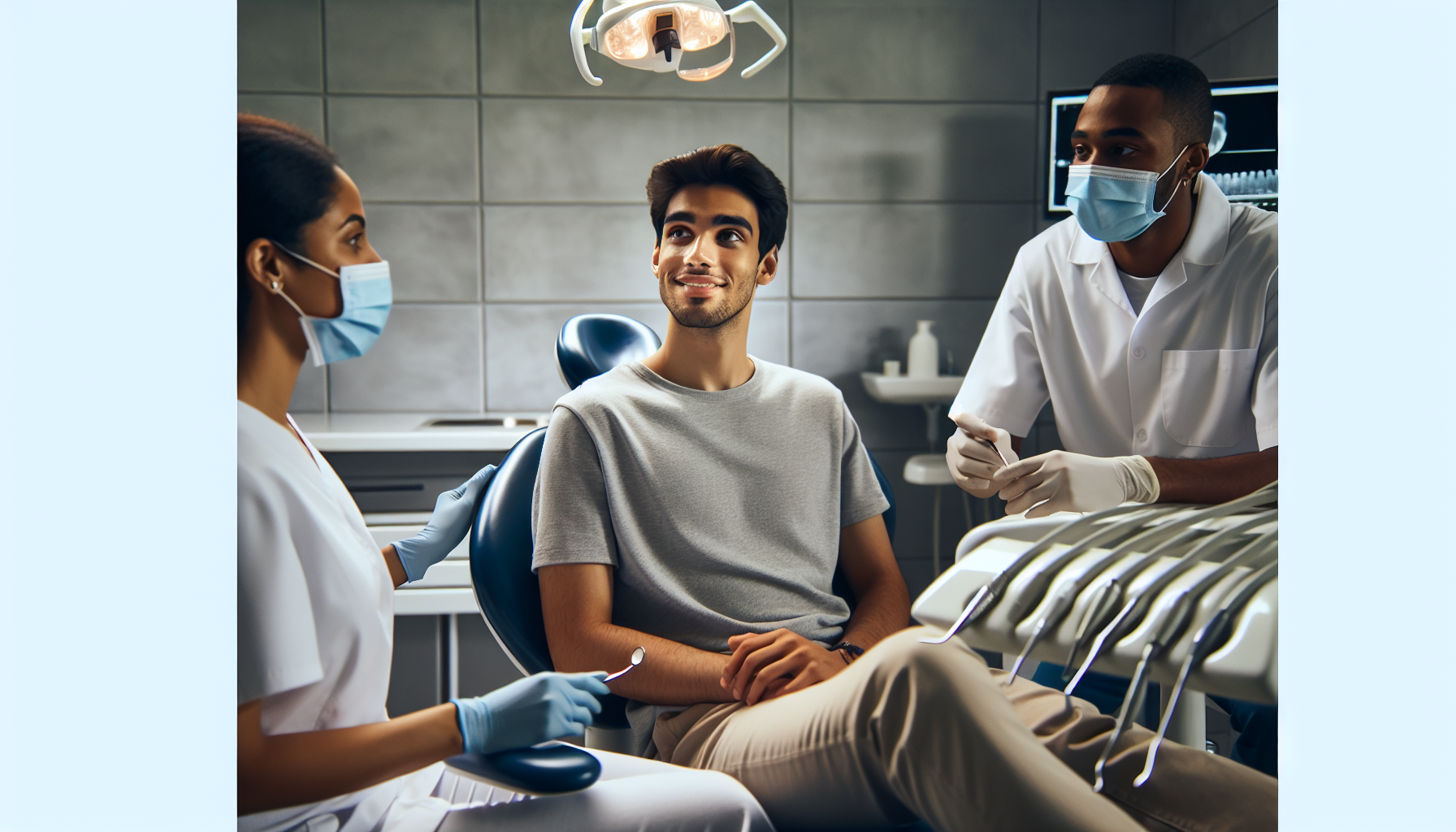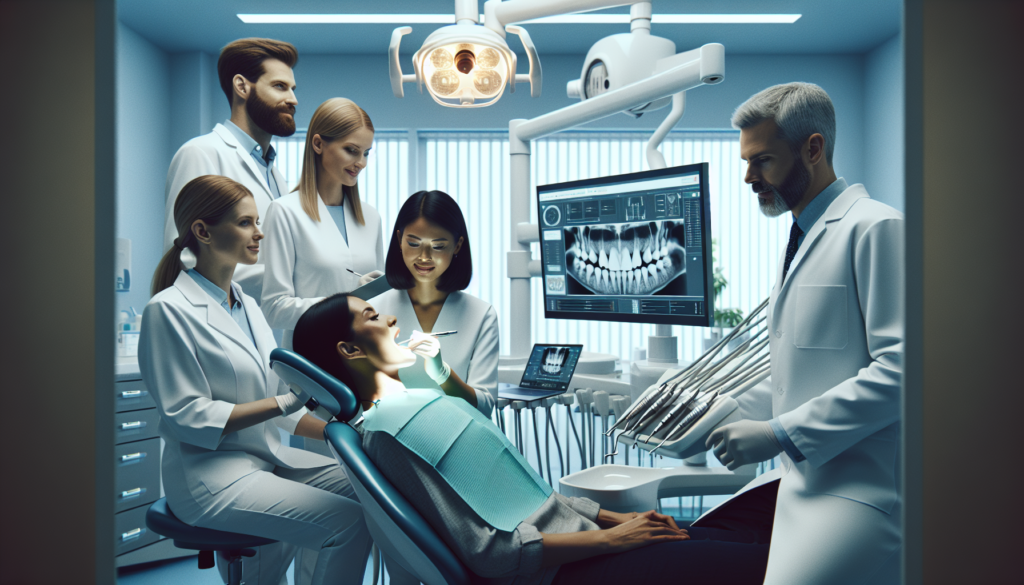How Online Dental Misinformation Fuels Fear Among Gen Z
The Rise of Online Dental Misinformation
Over the last decade, the Internet has become a primary source of health information, especially for younger generations. Whether it’s TikTok tutorials, YouTube “hacks,” or Instagram influencers, online platforms now define how people learn about their bodies—including their teeth. However, not all this information is accurate.
Recent research from a U.S. Endodontics survey revealed a worrying trend: misinformation online has amplified fear and anxiety toward dental care among Gen Z and Millennials. Many young adults now hesitate to book dental appointments because of exaggerated claims or viral myths spread widely online.
As social media continues to prioritize click-worthy content over credible expertise, dental professionals face a dual challenge: treating patients and countering false beliefs that circulate faster than clinical facts.
“The gap between online myths and scientific truth continues to influence how younger populations perceive oral health care.”
— U.S. Endodontics Survey
The Impact of Social Media on Dental Health Perceptions
Social media dental trends have exploded in recent years, promising perfect smiles through quick fixes. From “natural whitening methods” to DIY aligners, Gen Z encounters dental advice that often lacks scientific backing. These posts may look harmless, but they can have lasting consequences.
- Viral dental hacks: Many videos feature unverified methods that can damage enamel or gums.
- Algorithm-driven misinformation: Platforms like TikTok and YouTube often promote sensational posts over factual ones, creating a cycle where myths gain visibility.
- Visual influence: The aesthetic-driven nature of Instagram encourages cosmetic shortcuts instead of professional consultation.
These trends shape how young audiences interpret oral health, leading to confusion, distrust, and fear of traditional dentistry.
Why Gen Z and Millennials Are Most Affected
Gen Z and Millennials are digital natives—raised in an era where answers to almost any question can be found online. While this brings empowerment, it also introduces vulnerability.
Many of these individuals view social media influencers as relatable sources of advice, sometimes over certified experts. Combined with financial concerns, dental anxiety, and pressure to achieve idealized beauty standards, misinformation appeals to their fears and insecurities.
As a result, younger generations may defer essential dental visits, try unsafe “home treatments,” or carry misconceptions about pain, cost, and safety in dental care environments.
Common Dental Myths Circulating Online
Here are some of the most commonly spread myths — debunked with facts from credible dental sources:
- Myth 1: Whitening with household products is safe. Many trendy whitening methods use substances not designed for enamel, causing erosion and sensitivity. Professional whitening is the only safe, scientifically tested approach.
- Myth 2: You can straighten your teeth with home materials. DIY braces or aligners can permanently misalign teeth and affect the jaw structure. Orthodontic treatment should always be supervised by professionals.
- Myth 3: Bleeding gums mean you should stop brushing. In reality, persistent bleeding often indicates gum disease, which brushing and professional care can help manage—not avoid.
- Myth 4: You don’t need regular cleanings if you brush daily. Even with perfect brushing habits, plaque and tartar require professional cleaning every 6 months to maintain optimal oral health.
Understanding the science behind these myths is essential for restoring confidence in dentistry. Dentists and hygienists play an important role in educating patients on what’s true—and what’s not.
The Role of Dentists and Dental Organizations in Combating Misinformation
Dental professionals are stepping up their digital presence to counter false narratives. Organizations like the American Dental Association (ADA) and global dental research institutions now provide educational content tailored for social media consumption. The goal: make evidence-based advice as engaging and accessible as viral videos.
- Creating trustworthy digital campaigns that use visuals, short videos, and relatable messages to connect with younger audiences.
- Encouraging transparency by explaining treatments, costs, and outcomes openly to build online trust.
- Partnering with influencers who have credibility in health and wellness spaces, helping messages reach wider, skeptical audiences.
Clinics that engage in meaningful education on social platforms can position themselves as credible voices in an increasingly noisy digital world. This trust-building is fundamental to improving Gen Z’s oral health literacy.
How to Identify Reliable Dental Information Online
Consumers have more power than ever to verify sources, but they must know how. Follow these simple checks before accepting any dental advice online:
- Check credentials: Ensure the author is a licensed dental professional or references credible associations.
- Look for citations from peer-reviewed journals or recognized medical databases rather than anonymous forums.
- Avoid generic, one-size-fits-all remedies. Each mouth is different; what works for one person can harm another.
- Consult professional sources such as the ADA, CDC oral health section, or local dental associations.
- Ask your dentist before trying any at-home methods advertised online.
By following these principles, readers can filter out misinformation and make informed choices that protect their dental health for years to come.
Restoring Confidence in Professional Dentistry
Building back trust starts with communication. Dental professionals can connect emotionally with patients by acknowledging their fears rather than dismissing them. Educational workshops, social media Q&A sessions, and transparent pricing conversations all contribute to reducing anxiety.
Positive storytelling matters too. Highlighting patient success stories, pain-free treatments, or innovative care technologies can reshape public perception. When Gen Z sees empathy and education at the core of dental practice, they’re more likely to approach their next visit with confidence instead of fear.
Building a Healthier Digital Relationship with Dentistry
In a world dominated by digital influence, cultivating a healthier online relationship with dentistry requires commitment from both sides. Dental professionals must meet patients where they are—on social platforms—while empowering them to distinguish between artistry and accuracy.
For Gen Z, the path forward lies in curiosity, not fear. With the right guidance, skepticism can turn into awareness, and digital noise can transform into meaningful dialogue. Together, professionals and young audiences can build an online ecosystem grounded in truth, trust, and genuine care.
Frequently Asked Questions
- What is dental misinformation?
Dental misinformation refers to false or misleading content about oral health that spreads online without scientific support, often through social media videos or unverified blogs. - Why is Gen Z especially affected by dental myths?
Because Gen Z heavily relies on digital sources for self-education, they’re more likely to encounter—and believe—viral trends that seem relatable but lack clinical validation. - How can I tell if an online dental claim is false?
Check the source’s credentials, look for evidence-based references, and always compare claims with reputable dental organization websites. - What should I do if I tried a viral dental hack and have pain?
Stop the activity immediately and schedule an appointment with a licensed dentist for evaluation. Early professional care can prevent serious complications. - How can dentists help reduce misinformation?
By creating shareable, transparent, and science-based content that educates the public in engaging and relatable ways—directly confronting myths before they spread further.
Post Disclaimer
DentalUp is for educational purposes only and cannot accept personal dental information such as x-rays, photos, or treatment details. See full disclaimer here.





